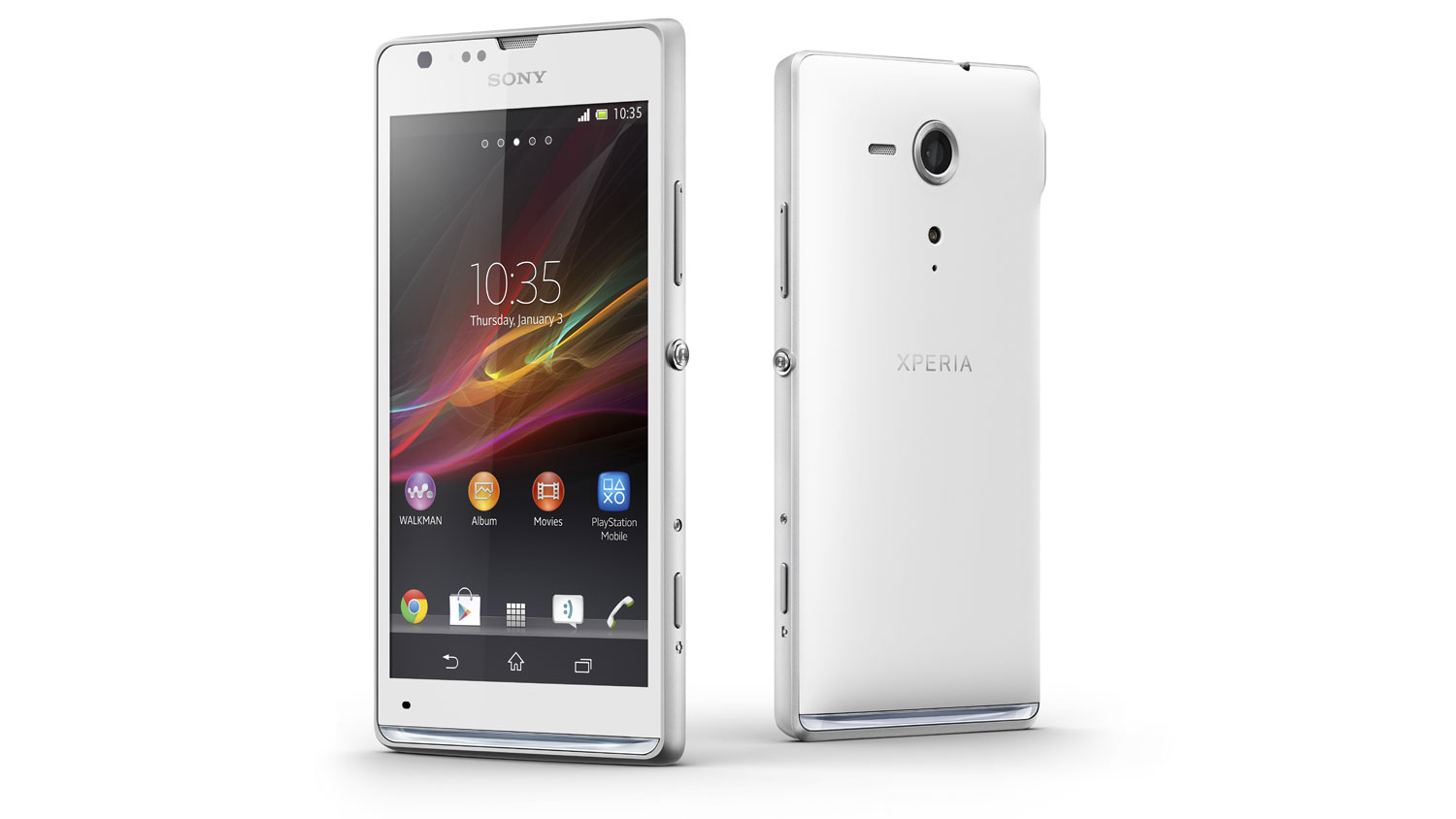TechRadar Verdict
The excellent camera and range of connectivity that includes NFC and 4G go hand-in-hand with a great design and a screen size that will be just right for someone that doesn't want a high-end 5-inch monster.
Pros
- +
Attractive aluminium design
- +
Full-featured camera
- +
Media apps are a highlight
- +
Impressive HD screen
Cons
- -
Average processor
- -
Low storage space
- -
Battery drains quickly
- -
Redundant Sony online services
Why you can trust TechRadar
The market for mid-level handsets is exploding, and manufacturers are hurrying to offer even more choice for those on a stricter budget, so the Xperia SP brings a mid-range price with a lot of technology borrowed from its bigger, Xperia Z, brother.
Sony has been busy since the split from Ericsson and has put out an ever-increasing number of Xperia models to try and capture customers at every conceivable price point and specs sheet. The latest is the Sony Xperia SP, a mid-level Android smartphone that sits below the flagship Xperia Z and above the budget Xperia E.
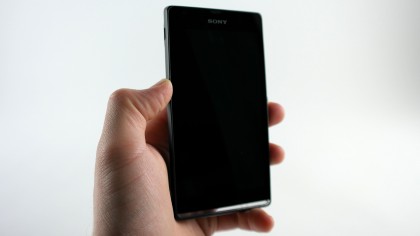
Sony is taking on lesser-known Android handsets such as the Acer Liquid E2, ZTE Blade 3 or LG Optimus G Pro with the Sony Xperia SP's £350/US$490 price point. But one look at the box is enough to tell you that the Japanese company still means business - even though this isn't the flag bearer for the Xperia line.
All of Sony's considerable tech expertise is being brought to bear on the Xperia SP. The packaging proudly bears the logos for Bravia Engine (screen), Exmor RS (camera) and PlayStation (gaming), all of which have found their way into the Sony Xperia SP's 131 x 67 x 10mm (5.14 x 2.64 x 0.39 inch) frame.
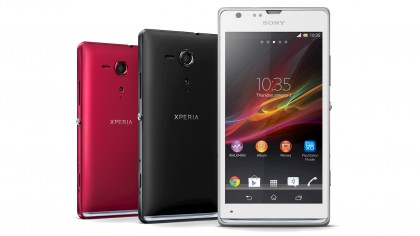
The phone itself is a step down from the 5-inch models that have dominated 2013's headlines. The 1280 x 720 pixel screen measures a pocket-friendly 4.6 inches, and the 10mm thin casing is blackened aluminium rather than the glass-slab Sony Xperia Z chassis.
Unfortunately, while other phones such as the HTC One have pushed the screen right to the edge of the case, there's still a noticeable bezel around the Sony Xperia SP's Gorilla Glass display.
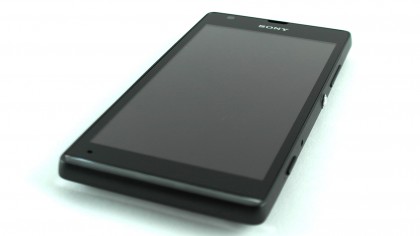
Designers Jessie Zhao and Toshihide Umedan apparently started with a simple paper mockup when they began work on the Sony Xperia SP.
Sign up for breaking news, reviews, opinion, top tech deals, and more.
To us, it looks similar to last year's Sony Xperia S handset thanks in no small part to the transparent antenna running along the base of the handset.
It's functional as much as aesthetic, lighting up with notifications and incoming calls, as well as pulsating to music and getting stronger when you push up the volume.
While the curved frame is moulded aluminium, the removable back is a black speckled plastic polycarbonate that's smooth to touch and features the Xperia logo right in the centre. It's a more subdued design than the glittering back of the Google Nexus 4 and helps to give the Sony Xperia SP an air of premium quality beyond its price tag.
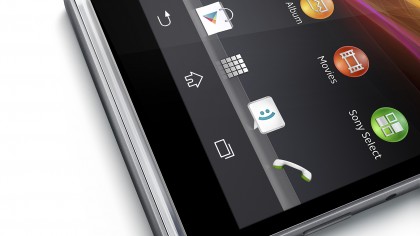
Our review unit came in black but there's also a choice of red or white to be had. However, the one rather obvious flaw with the build is that the back of the Sony Xperia SP does flex ever so slightly when pushed.
In keeping with Android Jelly Bean's soft key UI, there's no physical home key on the front of the Sony Xperia SP, unlike the Samsung Galaxy S4. The right-hand side of the phone is where you'll find all the physical buttons in the form of a volume rocker, power on/off switch and physical shutter button for the camera.
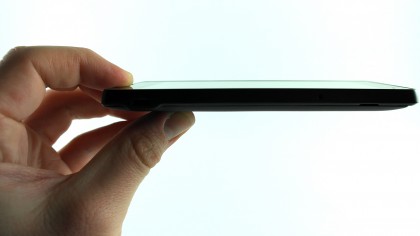
Forget, for a moment, the praise heaped on the camera-crafting skills of HTC or Samsung. Because the snappers that Sony has been loading onto its Xperia phones in the last couple of years have been some of the best in the market. Honestly, the Japanese company really knows its stuff when it comes to taking pictures.
The 8MP rear-facing camera on the Sony Xperia SP is understandably a few rungs below the Sony Xperia Z or the HTC One, but still manages to be an excellent substitute for an everyday compact camera. Sony uses the newly developed Exmor RS sensor to give the Sony Xperia SP some kick, and there's also a front-facing VGA lens for video chat and the occasional self portrait.

The removable back of the Sony Xperia SP reveals the microSD slot that enables you to swell the memory from the rather pathetic 8GB of native storage up to 32GB with a card. You'll need to as well, because only about 5.5GB of that is actually available to use.
The Sony Xperia SP uses the Android Jelly Bean OS, but Sony has overlaid this with its own TimeScape skin. It's being run by a dual-core 1.7GHz processor with 1GB of RAM and an Adreno 320 graphics chip.
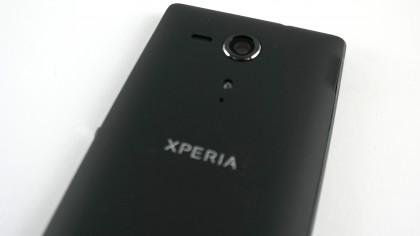
There's obviously a lot of sparkling Japanese technology inside because, well, the Sony Xperia SP is a bit on the heavy side. Not too heavy that you'll worry about holding it to your ear for any length of time, but it doesn't have the lighter-than-it-looks reaction that the iPhone 5 and BlackBerry Z10 both enjoy.
Of course, there are different schools of thought when it comes to smartphone weight, and you might feel that the 155g (5.47oz) Sony Xperia SP actually feels better for having a bit of heft. The smaller chassis does mean the weight is more concentrated than on the larger 5-inch handsets.
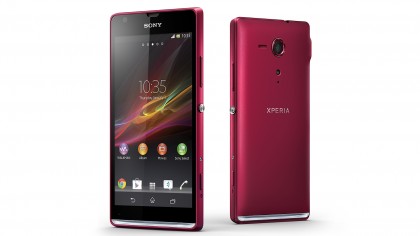
Sony's Xperia SP doesn't reinvent the wheel when it comes to smartphone design. It's still a black, rectangular slab and the introduction of a translucent bar doesn't really change that, but it's really not a bad-looking handset. The smaller size means your fingers will curl protectively around it, and the all-black, unblemished front brings it into the BlackBerry Z10 realm of business dress.
Then there's always the price to consider. It's available SIM-free from Sony for £349/US$489.99, and UK customers can pick it up for free on a £21 monthly contract which, all things considered, is pretty damn reasonable.
Of course, you'll want to know how the thing performs - so read on, and be enlightened.
